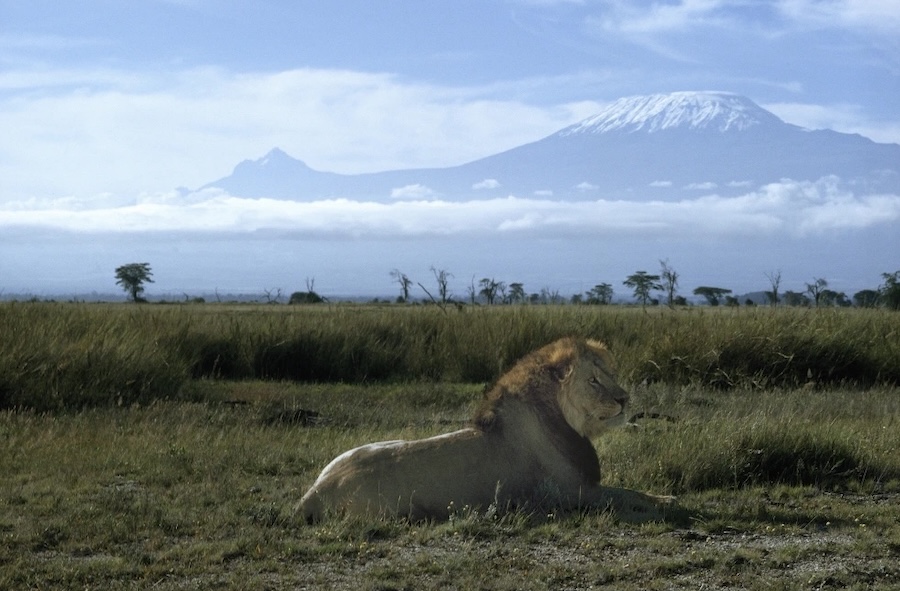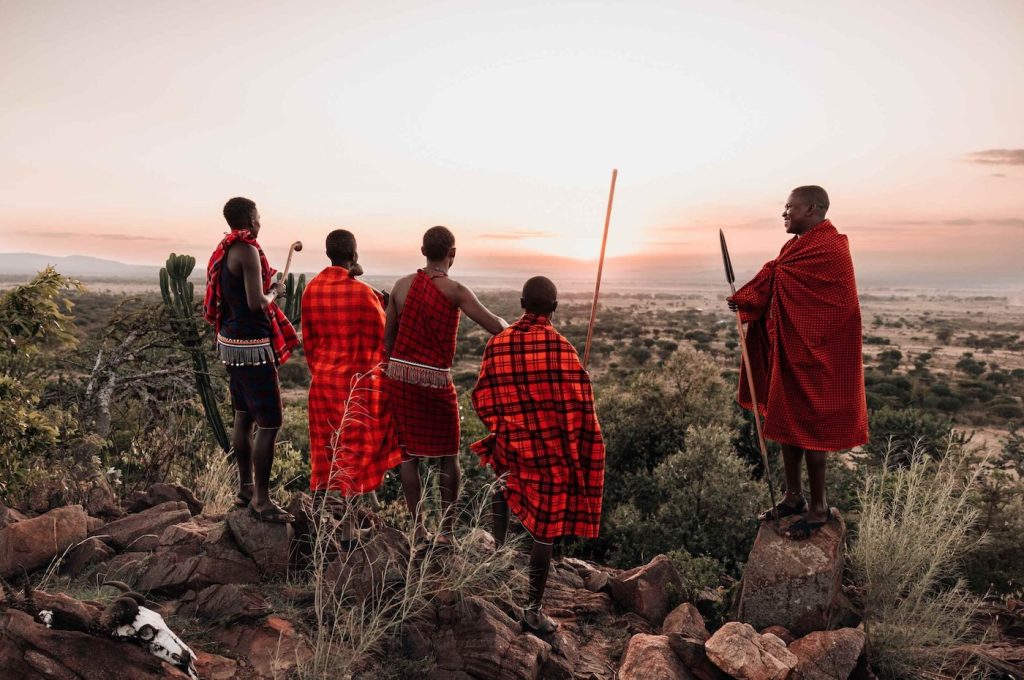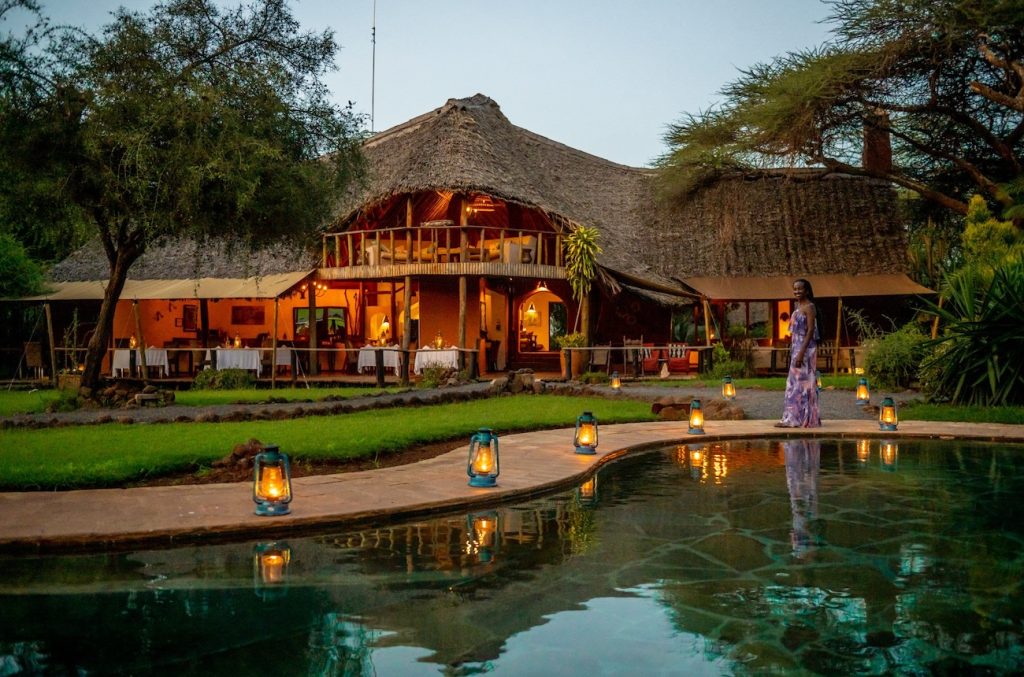Picture this: you’re standing on a dusty plain, the sun just peeking over the horizon, casting a golden glow on a herd of elephants—some of the biggest in Africa—while Mount Kilimanjaro’s snow-capped peak towers in the distance. That’s Amboseli National Park, a 392 km² (151 mi²) slice of southern Kenya that feels like a safari postcard come to life.
Sure, it’s smaller than heavyweights like Masai Mara or Tsavo, but don’t let the size fool you—this park delivers big-time with over 1,600 elephants, four of the Big Five, and a bird list topping 400 species. Add in the Maasai culture humming through its veins and a conservation story that’s gone global, and you’ve got a destination that’s equal parts wild, accessible, and awe-inspiring.
At Safari Desire, Tanzania & Kenya, we’re unpacking every inch of Amboseli in this ultimate guide—why it’s special, what to see, where to stay, and how to plan your trip. Whether you’re a wildlife nut, a shutterbug, or just dreaming of your first safari, let’s dive into Kenya’s elephant paradise.
Why Amboseli National Park Stands Out
 Amboseli isn’t about sprawling size—it’s about raw, concentrated magic. Imagine a place where you can roll up in a 4×4 and spot a herd of elephants within minutes, their massive frames kicking up dust as they lumber toward a swamp, Kilimanjaro’s 5,895-meter silhouette framing the scene like a movie backdrop.
Amboseli isn’t about sprawling size—it’s about raw, concentrated magic. Imagine a place where you can roll up in a 4×4 and spot a herd of elephants within minutes, their massive frames kicking up dust as they lumber toward a swamp, Kilimanjaro’s 5,895-meter silhouette framing the scene like a movie backdrop.
This park’s open plains and swampy patches make it a wildlife-watching dream—no dense bush to squint through, just clear shots of elephants, lions, cheetahs, and buffalo. It’s got four of the Big Five (sorry, no rhinos), but the elephant show alone—herds led by matriarchs with tusks so long they’ve earned names like “Tim” or “Craig”—is worth the trip. Compared to the bustling Masai Mara, Amboseli’s quieter, less jeep-packed vibe lets you breathe in the moment.
And location? It’s a breezy 240 km from Nairobi—4 hours by road or 45 minutes by plane—making it a perfect kickoff or cap to your Kenyan adventure. Toss in walking safaris, hot air balloon rides, and chats with Maasai warriors, and you’ve got a park that’s small in footprint but massive in impact.
What really sets Amboseli apart, though, is that Kilimanjaro view. On a clear morning, Africa’s tallest peak looms across the Tanzanian border, its snow glinting against the dusty plains—a combo you won’t find anywhere else. The swamps, fed by Kilimanjaro’s underground springs, keep the park alive even in bone-dry seasons, pulling in animals like a magnet.
It’s not just about the big guys either—giraffes stretch for acacia leaves, zebras stripe the horizon, and hippos grunt in the muck. Birders geek out over flamingos, eagles, and kingfishers, while the Maasai add a cultural heartbeat with their red-robed presence. Amboseli’s the kind of place where every glance feels like a National Geographic spread—wild, intimate, and unforgettable.


 Ditch the jeep for a ranger-led walk—offered at deluxe spots like Elewana Tortilis or Porini ($30-50 USD, 2-3 hours). You’ll track elephant prints through thorn bush, dodge acacias, and spot birds like lilac-breasted rollers up close. Maasai guides share bush lore—think plant tricks and animal signs—while keeping you safe from buffalo grumbles. It’s raw, sweaty, and the closest you’ll get to Amboseli’s pulse.
Ditch the jeep for a ranger-led walk—offered at deluxe spots like Elewana Tortilis or Porini ($30-50 USD, 2-3 hours). You’ll track elephant prints through thorn bush, dodge acacias, and spot birds like lilac-breasted rollers up close. Maasai guides share bush lore—think plant tricks and animal signs—while keeping you safe from buffalo grumbles. It’s raw, sweaty, and the closest you’ll get to Amboseli’s pulse. Your Amboseli crash pad can be as rugged or luxe as you want—here’s the rundown from Safari Desire, Tanzania & Kenya, with every spot vetted for vibe and views:
Your Amboseli crash pad can be as rugged or luxe as you want—here’s the rundown from Safari Desire, Tanzania & Kenya, with every spot vetted for vibe and views: